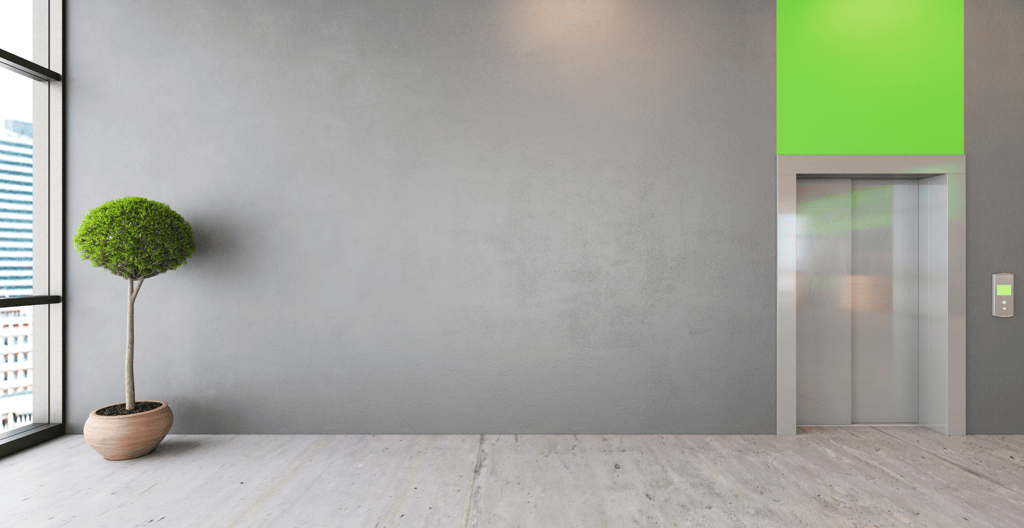Art is visual communication, and balance in art plays a big role in what a creative piece communicates. Symmetry and asymmetry are both essential aspects of design that help create visually pleasing compositions. Symmetry and asymmetry define the relationship and power between elements in a creative piece and the visual weight in a piece helps to define which elements are more or less important. There are many principles of design but balance is one of the most underrated and mastering visual weight will separate you and your art from beginners and amateurs.
Symmetry in art is achieved when the visual weight of an artwork is balanced. This means the visual weight of the composition is evenly distributed and creates a sense of harmony and peace. You can achieve this in many different ways. Most people do so by using patterns and repetition in form, line, and color. What it comes down to though is making all the elements in the artwork around the same size and vibrance or spacing them in a way so that no one element is drawing more attention than another. Asymmetry, on the other hand, is achieved when there's an imbalance in the visual weight of a piece. This can be done by having different elements that contrast and have antagonistic sizes and color. You place these elements in such a way that your eye is naturally drawn to one over another.
The benefit of understanding what visual weight communicates is that it allows you more control over what your art says to others. Art is subjective and so everyone can interpret different things from a piece when they take the time to take it in. Some things communicate more clearly than others though. For example , A small pale circle in the background of a canvas will always convey as less important than a circle that is larger and blaring in the foreground. There is also going to be an implied tension and discord between the two circles.
By creating a sense of balance through symmetry, an artwork can convey a feeling of harmony, stability, order, and serenity. On the other hand, asymmetry can create tension, movement, and dynamism, which can be used to convey a sense of energy, chaos, or unease.
Efficiently using balance and asymmetry in art is important to effectively communicate your intended message or emotion to viewers. The visual weight of a figure inserted in an image can be determined using the lightness of the figure, the contrast it has against the background, and its size and position relative to other elements in the composition. By understanding and using these techniques, you can create powerful and impactful works of art that resonate with viewers and evoke a strong emotion and reaction. Whether the goal is to create a tranquil landscape or a bold abstract composition, intentionally controlling the visual weight in a piece is a powerful skill for artists seeking to effectively communicate their vision to the world.










